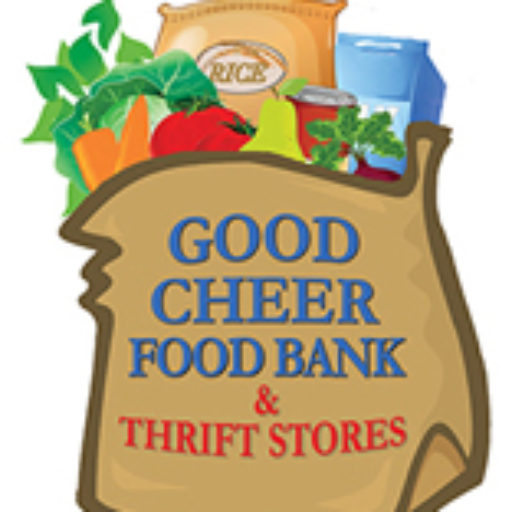Volunteer recruitment tactics used by the first year VISTA included posting to Drewslist (Whidbey Island’s version of Craigslist), social media posts, the Volunteer Match website, posted fliers, and a patch initiative where gleaning volunteers received embroidered patches for participating. In 2017 the Gleaning program hosted an outreach booth at Bayview Farmer’s Market in June, the Whidbey County Fair in July, and the Tilth Farmers Market in August. The second-year VISTA has continued to utilize Drewslist, social media, and an information booth at the County Fair, as these were the most successful for the program.
Retention of volunteers has been a challenge for both the first- and second-year VISTAs, as the only truly committed volunteers in the fruit tree gleaning program are the remaining original gleaners, and their commitment comes from their history with the program. Whidbey Island is a tight-knit community; news travels mostly through word of mouth, and relationships are key to engaging and retaining volunteers. There are numerous community organizations and non-profits on the South end, all in need of volunteers to keep them running. Being on the demand side of the competition when there is a relatively short supply of available volunteers drives home the importance of making the volunteer experience engaging and meaningful.
Volunteer appreciation events are a small part of acknowledging the contributions that volunteers make. More important is ongoing appreciation, acknowledgement, and reward. Nurturing a sense of family and community, accepting people as they are and for who they are, and accommodating their needs are key elements of volunteer relations, along with fostering a sense of ownership in the success of the organization, and encouraging autonomy.

